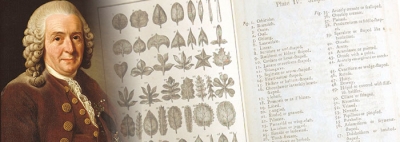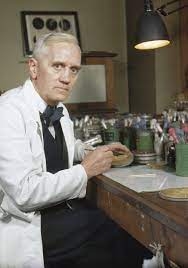Why Pierre-Simon Laplace is always remembered?

Pierre-Simon Laplace was a French physicist and astronomer of the 19th century. He had a phenomenal natural mathematical faculty, and predicted many things, using only maths.
These predictions were later confirmed with powerful telescopes. He wrote a book explaining his theory of the origin of the solar system.
Laplace presented a steady stream of remarkable mathematical papers that spread his fame. Pierre-Simon Laplace is highly regarded for his influential, five-volume treatise which developed a strong mathematical understanding of the motion of the heavenly bodies. This work interpreted the geometric study of classical mechanics, starting up a wider range of problems.
Laplace’s work, and the results he produced, made him one of the most important and influential scientists that the world has seen. The Laplacian differential operator that is named after him is widely used in mathematics.
Laplace won many awards for his studies, and he was made a marquis, but he remained modest, saying, “What we know is little. What we know not is immense.”
His work regarding the theory of probability and statistics is considered pioneering.














